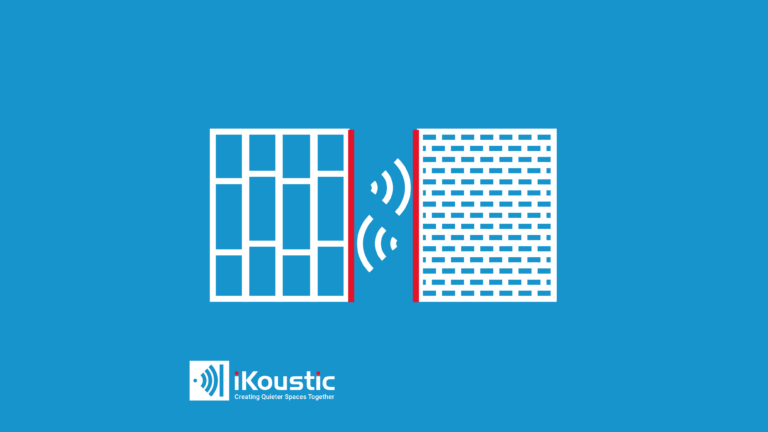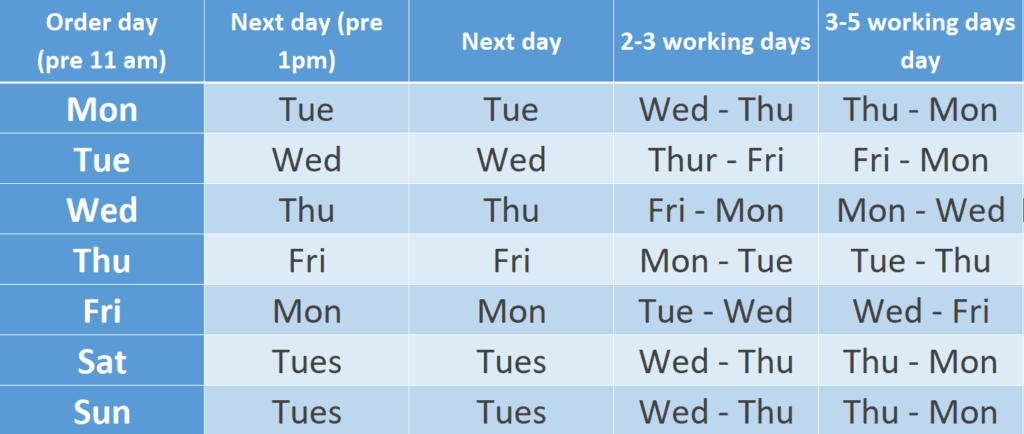Wall sound insulation for noisy neighbours
Wall sound insulation is one of the best ways to treat airborne noise issues – one of the biggest complaints about noisy neighbours[1]. Airborne noise is any sound that travels through the air, such as talking, music and dogs barking. If you’re looking to insulate your wall against these noises, then get in touch with our experts for the best advice.
What is wall sound insulation?
A materials which can insulate a room against sound is one that has the ability to prevent sound entering or leaving a space. For airborne noise we use acoustic mineral wool for cavities and materials of high mass to reflect sounds.
We have a full list of wall soundproofing materials in another blog if you want to learn more about how they work.
Sound insulation in walls
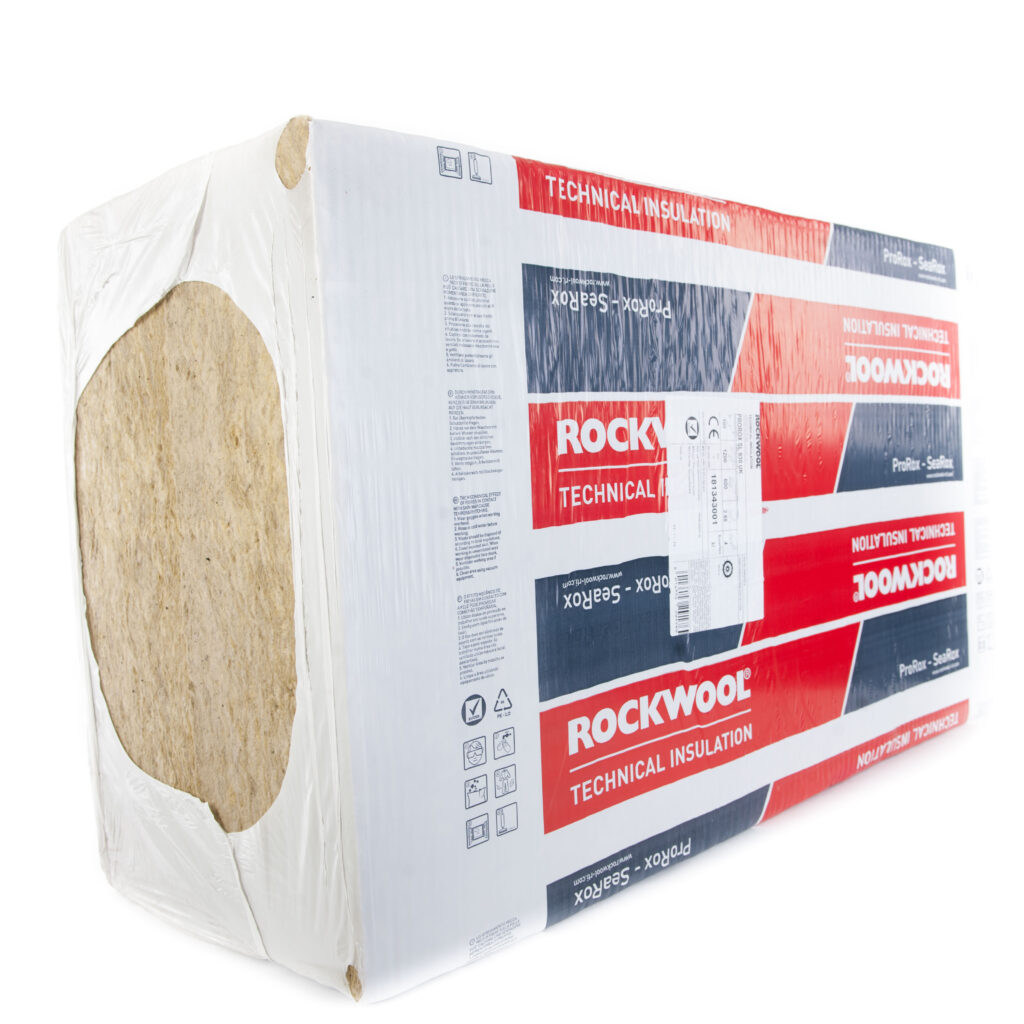
Wall sound insulation that sits inside a cavity is there to reduce reverberation. Reverberation will lead to an amplification of noise as sound waves are trapped, bouncing around a space. This means that you may be able to hear your neighbours through a party wall very easily as an empty cavity acts as a kind of amplifier to sounds which enter it.
This is quite easy to remedy, however, it will require taking off your current wall finish. The best wall sound insulation for cavities is an acoustic mineral wool with a weight of more than 45kgm3. Mass is incredibly important for good sound insulation in walls as a high mass is relatively difficult to make vibrate with sound waves. Instead, this material is able to dissipate sound energy as heat and reduce the volume.
What is acoustic mineral wool?
Acoustic mineral wool is a high mass material with a minimum weight of 45kgm3 or more. It comes in different thicknesses to fit into your cavity space, from 100mm to 25mm. The open fibre matrix allows sound waves to enter the structure, the material then dissipates sound energy as heat.
It’s quite a dense material which is made of spun volcanic rock. Acoustic mineral wool is a specialist soundproofing solution and the high mass gives it great acoustic qualities against airborne noise. It can be easily installed into wall cavities, ceiling cavities and between floor joists, too.
An added benefit of this wall sound insulation is that it’s placed in contact with the stud frame structure. The sound insulation will also absorb structure borne (impact) vibrations that may travel through the stud frame the the flanking floor and ceiling.
Need some soundproofing advice? Call our experts for free support 01937 588226
Soundproof insulation for walls – raw materials
Another way to insulate your space is with rigid materials of high mass. These are able to reflect airborne sounds from entering or leaving a space. There are several common wall sound insulation materials that you’ll come across in your research. The best wall sound insulation materials are those that have the highest mass, but check your structure can take the new weight before installation.
Mass-Loaded Vinyl wall sound insulation
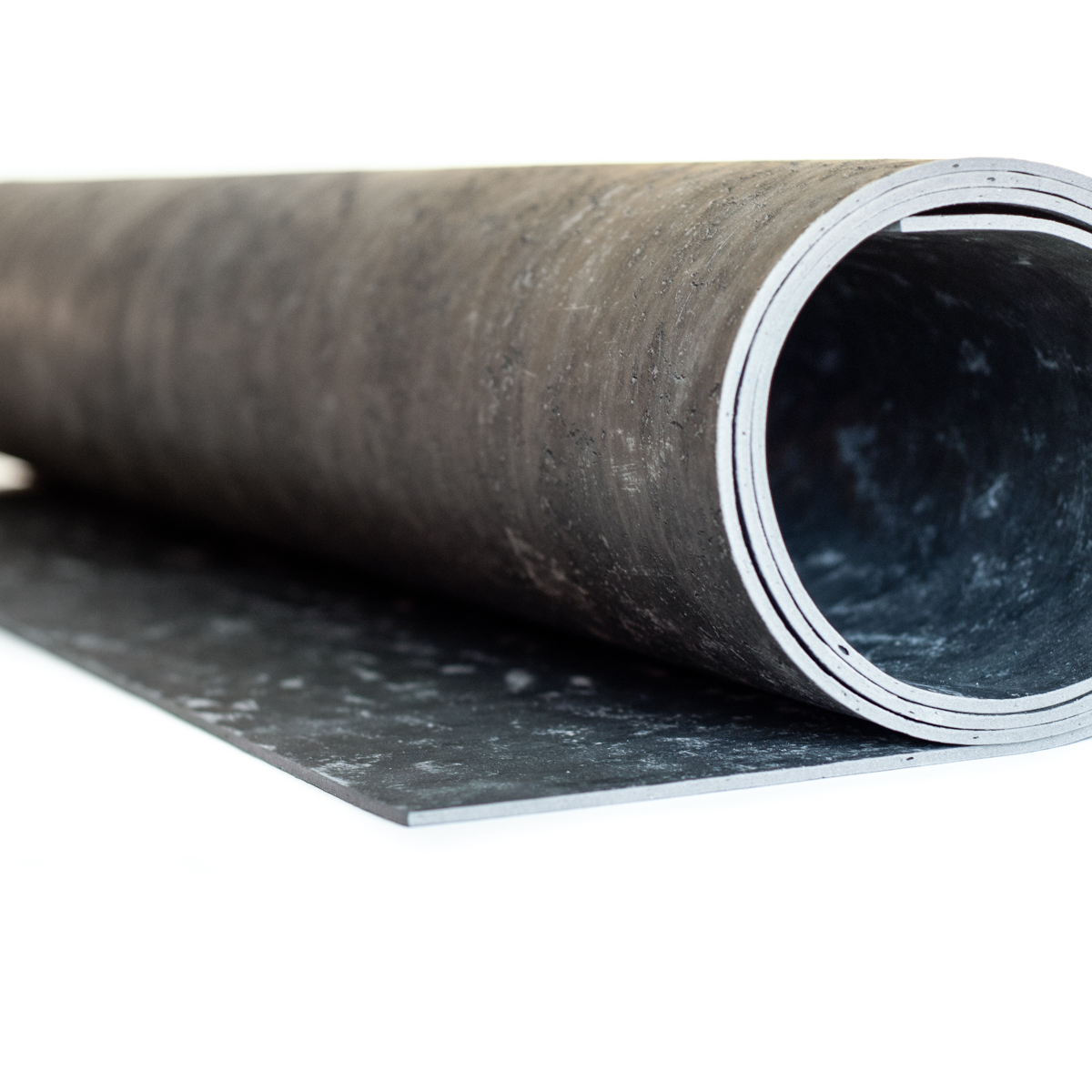
Mass Loaded Vinyl for Walls
Mass loaded vinyl comes in different weights and is often used in preformed acoustic wall panels. This makes the material much easier to install on walls.
Acoustic plasterboard wall sound insulation
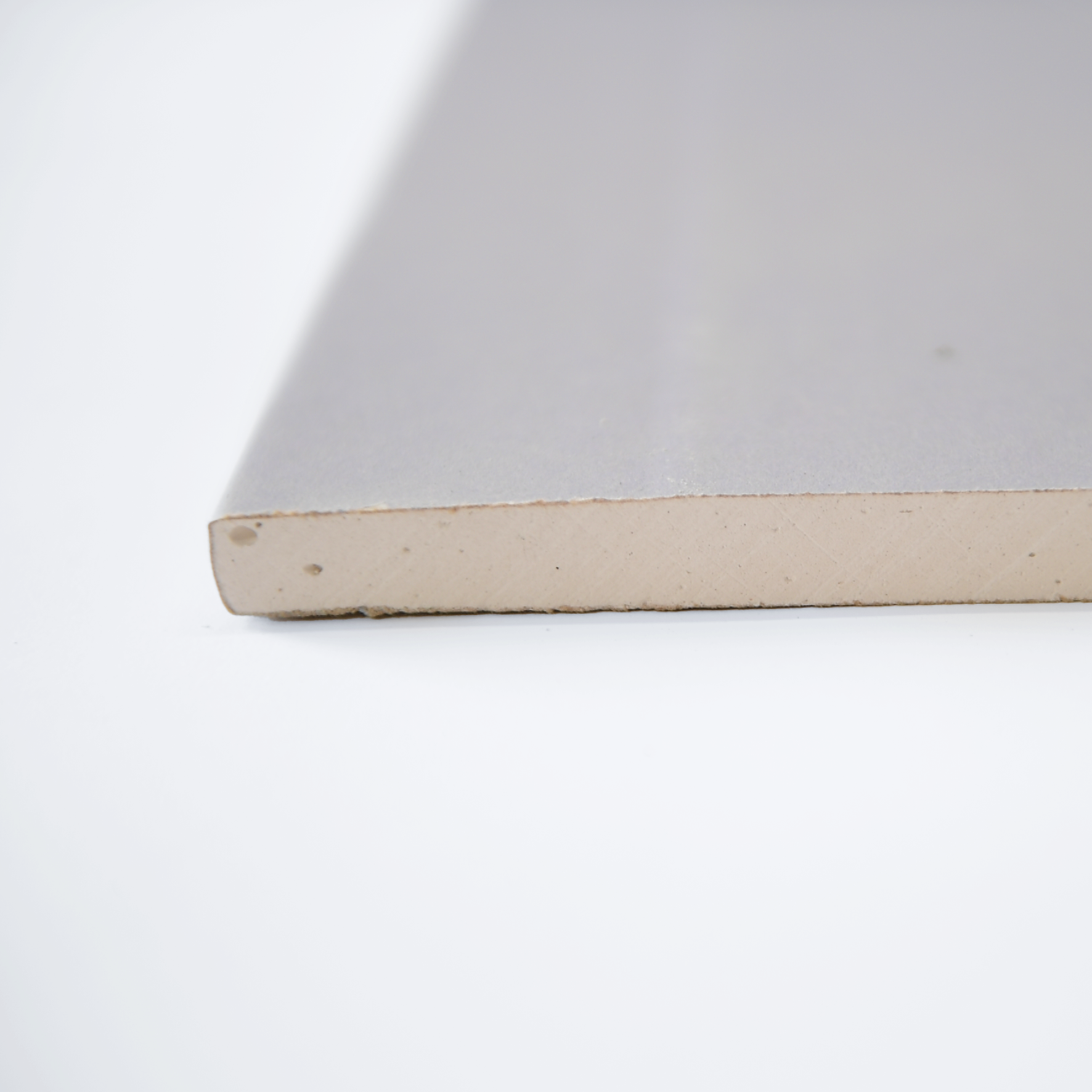
Soundproof plasterboard for Walls
This is a common material as it’s easy to install and effective. Acoustic plasterboard works well when used in a preformed soundproof panel, such as the MuteBoard range.
Tecsound wall sound insulation
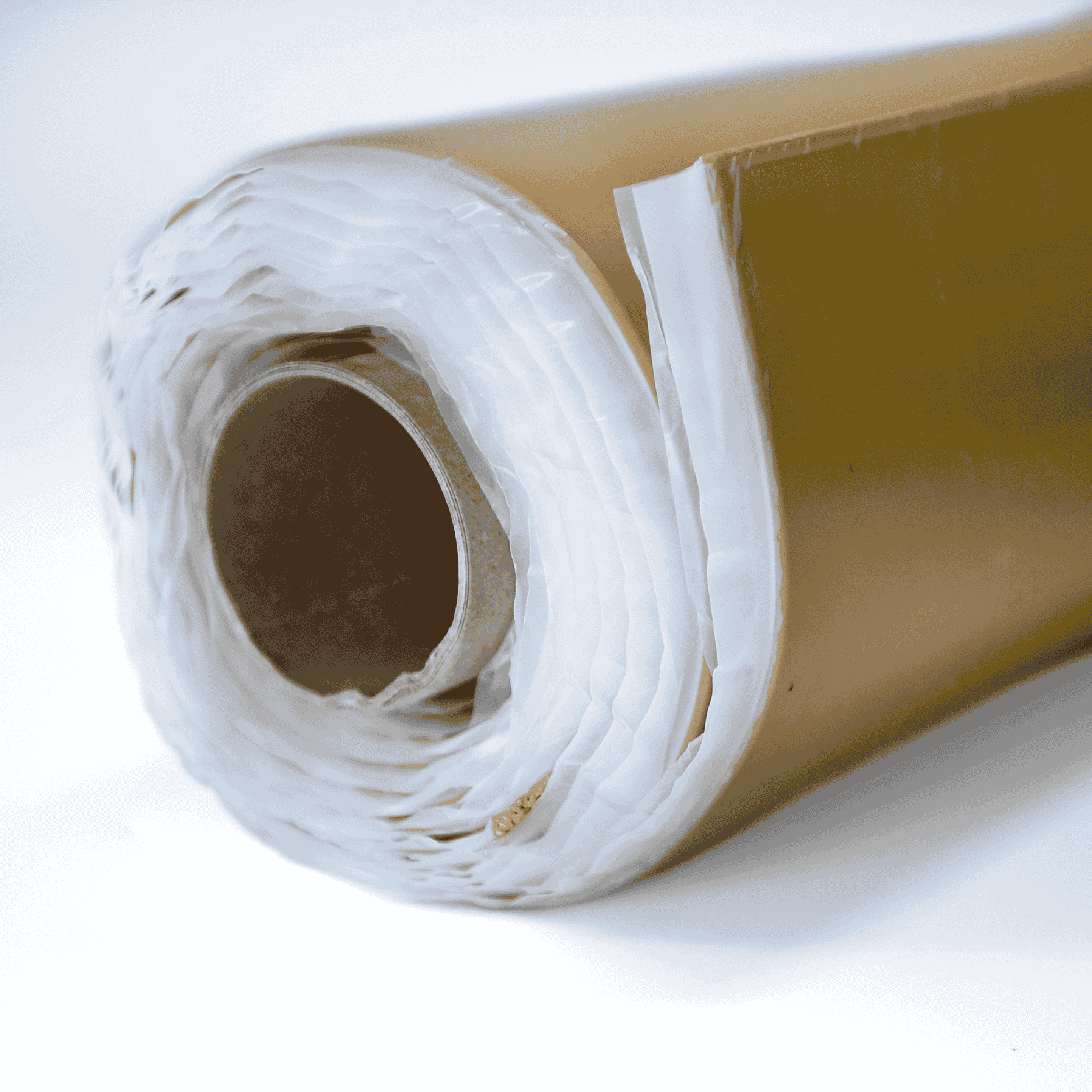
Tecsound for Walls
Tecsound comes in several different weights and with the option for a self-adhesive back. The visco-elastic qualities allows the material to help ‘mute’ vibrations in rigid structures so we couple it with some of our wall partitions.
Best soundproof insulation for walls
For insulating wall panels, we would recommend using a preformed panel which comprises of two or more soundproofing materials into one board. This makes the most of your space, makes installation much easier and also reduces the potential for gaps between layers which would cause reverb.
These wall panels are particularly effective against noisy neighbours as they are designed to reflect a broad range of airborne frequencies from talking and laughing to barking. As you’ve already seen, you can get wall sound insulation to go inside walls and it’s best to use this along side your wall panels. Not all party walls have cavities, however, if you want to add in acoustic mineral wool anyway, then you can create an additional stud frame or use the MuteClip decoupling device.
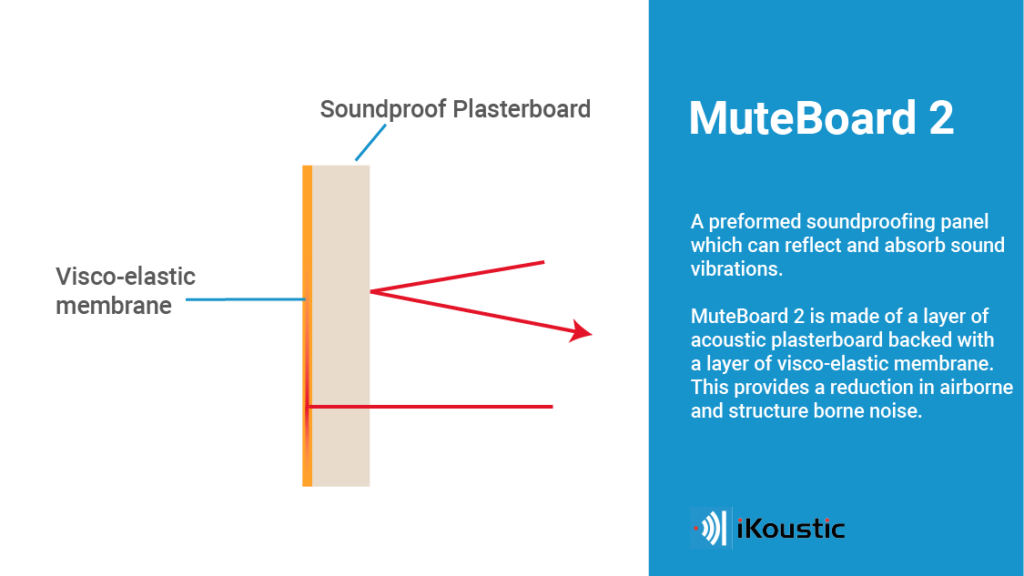
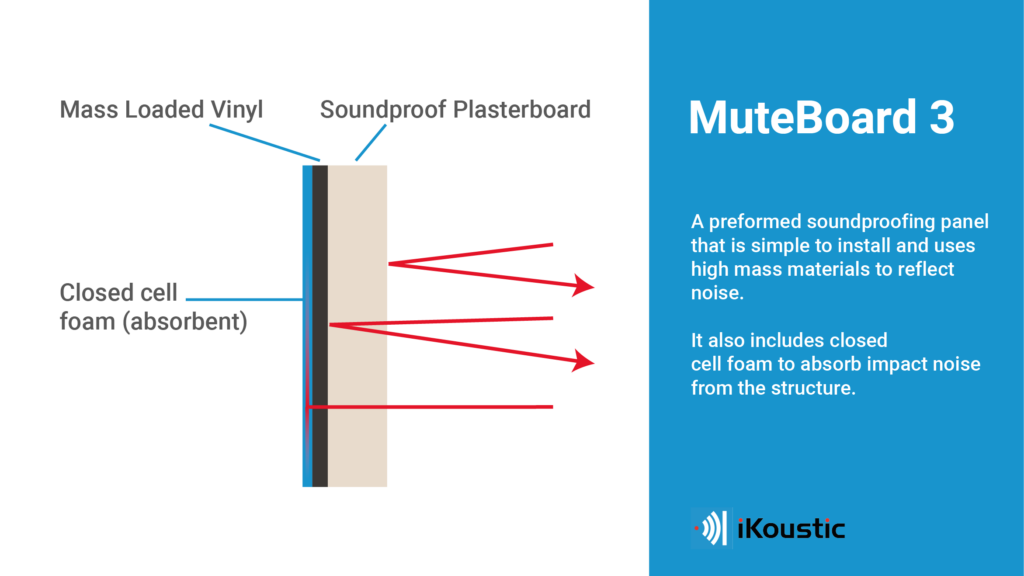
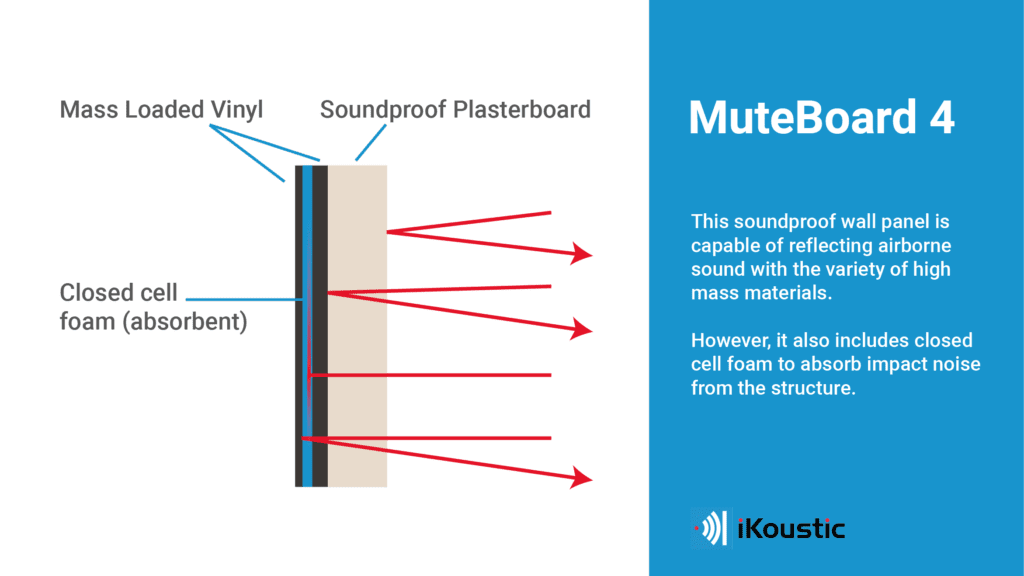
Wall soundproof systems
As you might realise by now, all of these wall sound insulation materials can be used in systems, layered together. They will be more effective in a well designed system than when installed singularly. Generally speaking, just one layer of acoustic mineral wool and plasterboard will not sufficiently quieten your noisy neighbours.
There are a range of wall soundproofing systems that can solve your noisy neighbour issues. Below you can see one of our systems and how it created. While this system utilises an empty cavity, there are also direct to wall systems which don’t use mineral wool, like the MuteBoard 3 Premium which uses MuteBoard 3 and Tecsound.
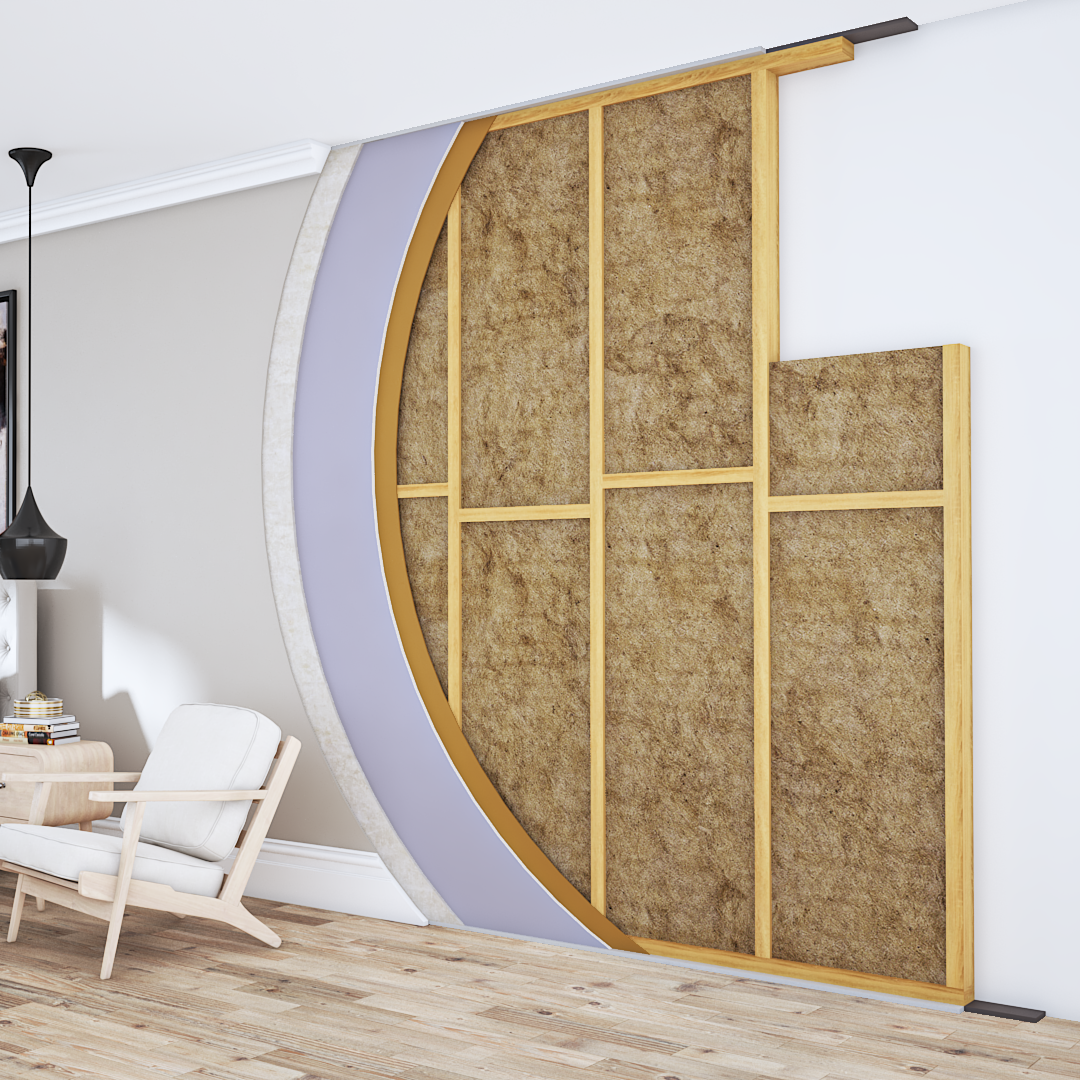
This system uses wall sound insulation inside the cavities as includes two layers of high mass insulating acoustic materials. The acoustic plasterboard and Tecsound are formed into one panel, MuteBoard 2, which makes installation far easier.
How to install wall sound insulation
Most soundproofing can be installed by confident DIYers, however, we have a network of soundproofing installers if you’d like a professional hand for the job. All of our systems also come with detailed installation guides if you’d like to do it yourself. Do be aware that wall sound insulation is heavy and will require more than one pair of hands.
We also have a YouTube channel with videos to help you install our materials correctly, so take a look at those before commiting to a DIY job. To help you prep for a soundproofing installation job, we have a starter checklist that you can download for free, Our technical support team are also a great resource for ensuring you get the right materials for your noisy neighbours.
Download your soundproofing checklist
What is the best in wall sound insulation?
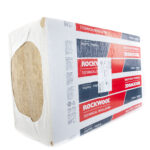
Acoustic mineral wool of 45kg/m3 or more is best for in wall sound insulation. Rockwool is a common brand for acoustic mineral wool and goes up to 100kg/m3.
What is wall sound insulation?
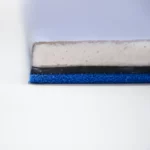
A material that prevent sound leaving or entering a room. Acoustic mineral wool is sound insulation for inside a wall while materials of high mass like mass loaded vinyl and acoustic plasterboard can reflect airborne noise from the surface of the wall.
Is sound insulation like loft insulation?

No, acoustic insulation for inside walls has a minimum mass of 45kg/m3 and can go up to 100kg/m3. The high mass gives the wool good acoustic dampening qualities while the open structure absorbs sounds.





